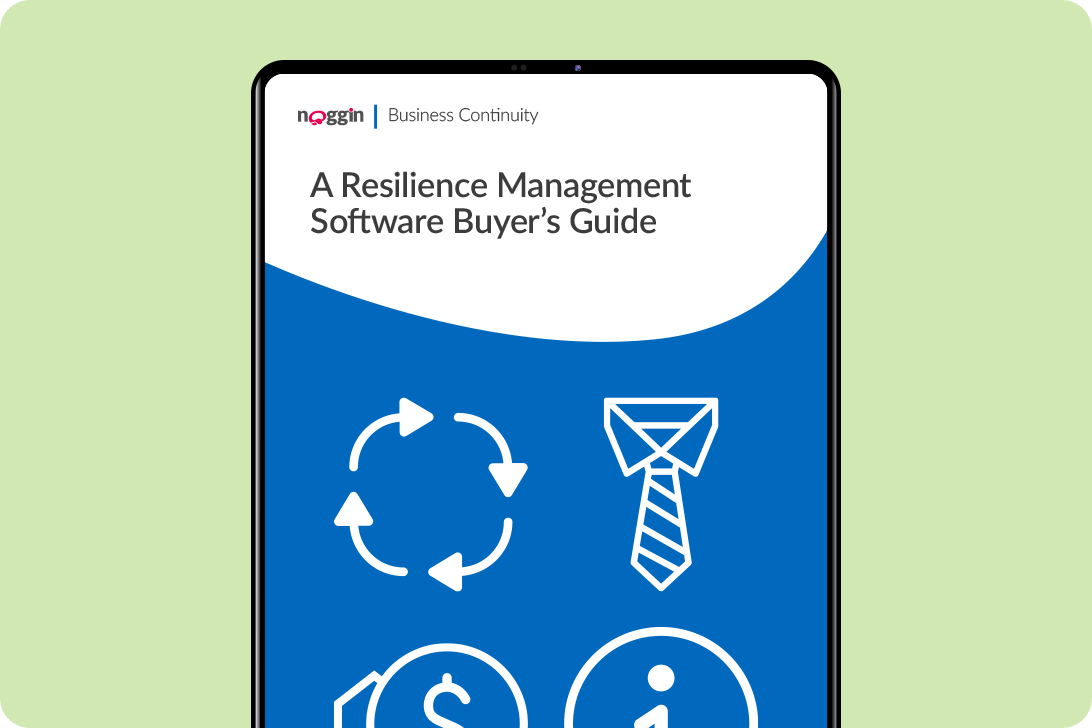Request a Demo
Fill in the form below and we will contact you shortly to organised your personalised demonstration of the Noggin platform.
Meet Noggin
An integrated resilience workspace that seamlessly integrates 10 core solutions into one, easy-to-use software platform.
The Noggin Platform
The world's leading integrated resilience workspace for risk and business continuity management, operational resilience, incident & crisis management, and security & safety operations.
Industries
Explore Noggin's integrated resilience software, purpose-built for any industry.
Guide to Developing a Bomb Threat Plan for Educational Institutions
Best Practice Guide
The re-emerging bomb threat
Security incidents have become increasingly common in schools and universities; bomb threats in particular are on the rise. In its annual release of U.S. explosion statistics, the Alcohol, Tobacco and Firearm (ATF)’s Bomb Data Center noted a troubling increase in bomb threats tracked, reversing the downward trend that characterized the previous five years. Education facilities, as usual,
remained among the top targets. Of the 1,672 threat incidents tracked, educational facilities experienced a
20 percent uptick from the previous year’s tally, representing an average of nearly two incidents per month at colleges, representing an average of nearly two incidents per month at colleges and universities.
Globally, bomb explosions continue to represent a serious threat as well - and while the US accounts for the majority of explosives-related incidents (including hoaxes, false threats, and foiled detonations) among OECD countries, the number of actual explosions has trended higher in Europe, with notable incidents last year in the UK/Ireland, the Netherlands, and Turkey. Oceanic countries like New Zealand and Australia, for their part, experienced an average of nearly 5 bomb threat incidents per month over a 12-month period during 2017-2018, with educational facilities consistently targeted.
Unfortunately, schools’ efforts to prepare for bomb threats are frequently insufficient and costly. According to a U.S. Government Accountability Office (GAO) nation- wide survey of school districts in 2015, less than half of school districts’ emergency planning specified how they would maintain continuous operations or recover after an incident. And though most bomb threat incidents rarely involve the actual delivery or detonation of explosives, the costs are real: many districts report losses in excess of a quarter million dollars because of costs associated with school closings and bomb search squads.
Download the full guide to continue reading >>



